Are you fascinated by religious architecture and history? Here are the must-see religious buildings in Galicia:
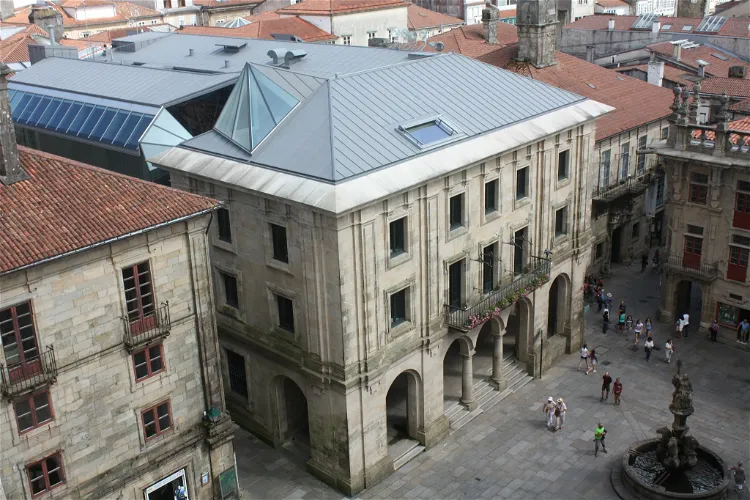
Museum of Pilgrimages and Santiago
SantiagoThe Museum of Pilgrimages and Santiago, established in 1951, is a cultural institution dedicated to the phenomenon of pilgrimage. It is situated in Santiago de Compostela, a city known for the Camino de Santiago, the cathedral, and the Jacobean phenomenon of the tomb of the apostle Santiago the Greater. The museum provides a deep insight into the cultural and historical aspects of these significant religious events and places.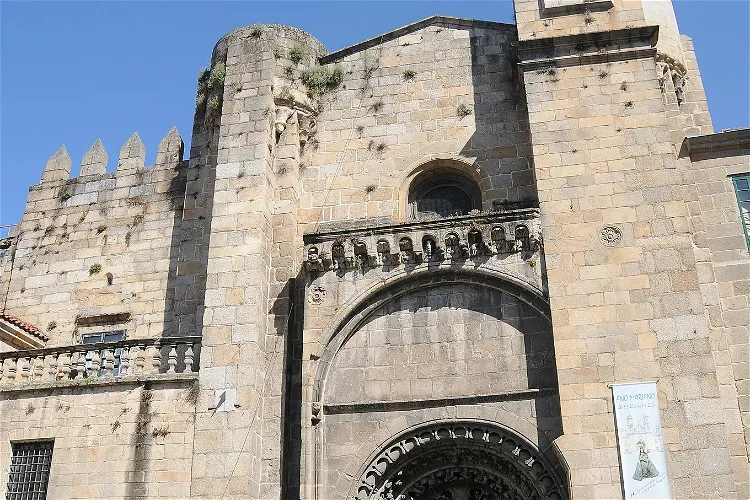
Ourense Cathedral
OurenseThe Ourense Cathedral has a history marked by destruction and rebirth. It was destroyed during Muslim incursions and later rebuilt during the 12th and 13th centuries, a period known for Romanesque architecture. The construction of the cathedral in its current form began in 1160 and was completed in the mid-13th century. This history of resilience and transformation is reflected in the cathedral's architecture, making it a fascinating site for those interested in historical architecture.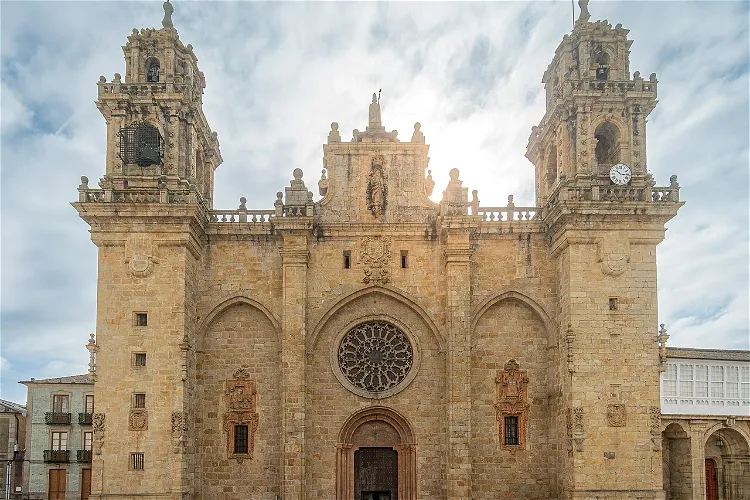
Mondoñedo Cathedral
MondoñedoMondoñedo Cathedral, also known as the Basilica of the Assumption of Our Lady, is one of the episcopal seats of the Diocese of Mondoñedo-Ferrol in Galicia, Spain. It is often referred to as the 'Kneeling Cathedral' due to its perfect proportions and modest height. The cathedral was declared a National Monument on May 23, 1902, and was named a basilica by Pope John XXIII in 1959.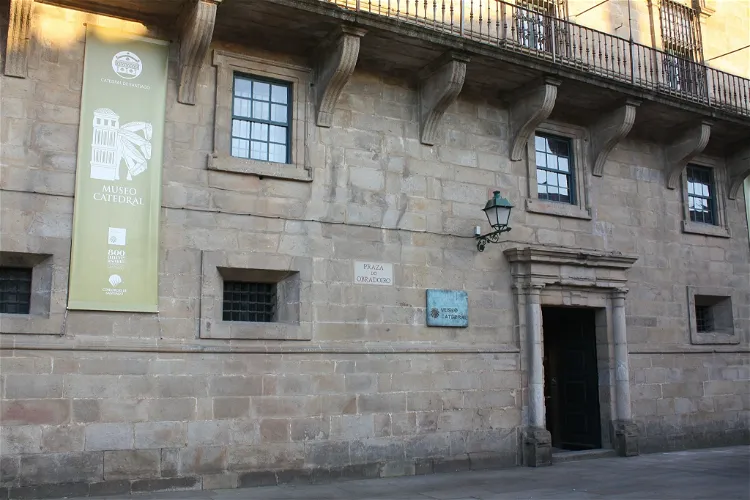
Santiago Cathedral Museum
Santiago de CompostelaThe Santiago de Compostela Cathedral Museum is a significant institution that houses a wide range of artistic and archaeological works. These works are owned by the Santiago de Compostela Cathedral and cover a broad timeline from the Roman era to the present day. This extensive collection provides a unique opportunity for visitors to explore the rich history and culture of the region through the various exhibits.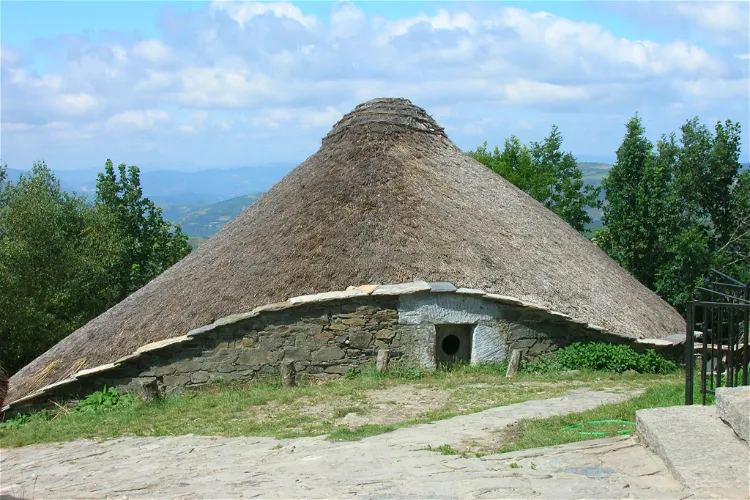
Cebreiro Ethnographic Reserve
Pedrafita do CebreiroVillage with traditional pallozas (slate and granite house with thatched roof) built around a pre-Romanesque shrine from 9th century.